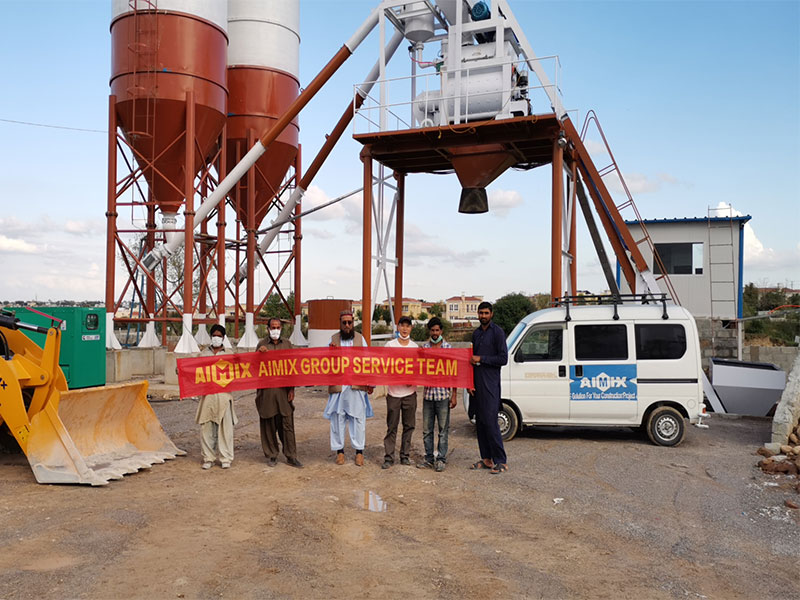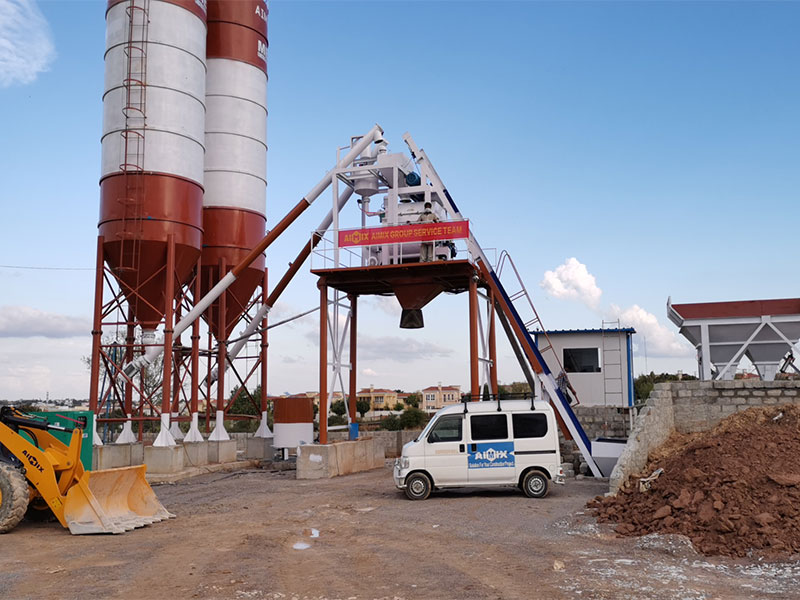The construction industry is a vital sector in any economy, and it relies heavily on concrete as a primary building material. As a result, concrete batching plants have become a critical component of the construction supply chain. This article aims to assess the profitability of opening a concrete batching plant by considering various factors, including initial investment, operational costs, market demand, and potential returns on investment.

Initial Investment
One of the key considerations in determining the profitability of a mini concrete batching plant is the initial investment required to set up the facility. This investment typically includes the cost of land acquisition, plant construction, purchasing and installing batching equipment, raw material storage facilities, control systems, and other necessary infrastructure.
The exact initial investment can vary widely depending on factors such as plant capacity, location, regulatory requirements, and the quality of equipment selected. While the initial costs can be substantial, they are a necessary part of establishing a concrete batching plant.
Operating Costs
The profitability of a concrete batching plant is closely tied to its operating costs. These costs include expenses related to raw material procurement, labor, maintenance, utilities, environmental compliance, and general overhead. Here are some cost components to consider:
a. Raw Materials
The cost of aggregates, cement, water, and admixtures are significant factors. The cost can fluctuate based on market conditions and supplier agreements.
b. Labor
Hiring and retaining qualified staff is essential for plant operation, including batch operators, maintenance personnel, and management.
c. Maintenance
Regular maintenance and repair costs are crucial to prevent unexpected downtime and maintain equipment in optimal condition.
d. Utilities
Electricity, water, and fuel costs are necessary for plant operation and should be monitored and optimized for cost efficiency, not only for the harga batching plant.
e. Environmental Compliance
Costs associated with meeting environmental regulations and permits, such as dust control measures and emissions monitoring.
f. Overhead
General overhead expenses, such as insurance, administrative staff, and office facilities, should be accounted for.

Market Demand and Competition
The local construction market demand plays a crucial role in the profitability of a batch plant. Assess the local construction projects, infrastructure development, and the level of competition from other concrete suppliers. An area with high construction activity and limited competition can be more profitable, but increased competition may require more strategic pricing and marketing efforts.
Pricing Strategy
Developing a competitive and profitable pricing strategy is essential. Factors to consider include the cost of production, local market prices, demand fluctuations, and the quality of your product. Pricing too high can discourage potential customers, while pricing too low may result in reduced profitability.
Quality and Reputation
The quality of the concrete produced by your plant can have a direct impact on profitability. Consistently producing high-quality concrete that meets industry standards and customer expectations can lead to repeat business and a strong reputation. It’s essential to prioritize quality control measures to prevent waste and rework.
Marketing and Sales
Effective marketing and sales efforts are critical for attracting and retaining customers. Invest in marketing strategies to promote your concrete products and reach out to potential clients. Building and maintaining customer relationships can result in a steady stream of business.
Expansion Opportunities
Assess whether there are opportunities for plant expansion in the future. If the local market demonstrates growth potential, expanding the plant’s capacity can lead to increased profitability over time.
Regulatory and Environmental Compliance
Concrete batching plants are subject to various regulations and environmental standards. Ensuring full compliance with these regulations is essential. Non-compliance can lead to fines, legal issues, and damage to your reputation.
Conclusion
The profitability of opening a concrete batching plant is influenced by various factors, including initial investment, operational costs, market demand, competition, pricing strategy, product quality, and the ability to adhere to regulatory and environmental standards. While the initial investment can be substantial, a well-planned and efficiently operated plant in a high-demand area can yield significant returns on investment. A comprehensive business plan, accurate financial projections, and a commitment to quality and customer service are essential for achieving profitability in the concrete batching industry. Want more details? Take a view at this page to find the answer: https://aimixgroup.id/indonesia/batching-plant-indonesia/.